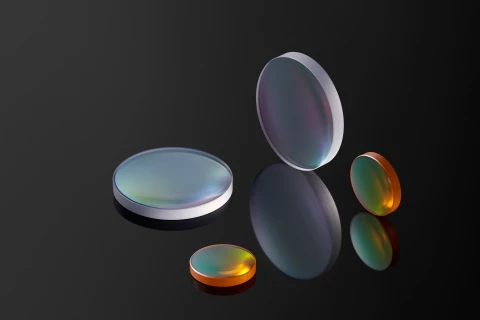Description
Fused silica is typically used for applications from the ultraviolet (UV) to the near infrared (NIR). Its high transmittance, good heat resistance, and excellent environmental durability make it suitable for use in laser equipment, emission and detection protection equipment, and imaging systems in the UV spectrum.
Optical Fused Silica Quartz Glass Collimating Lens
Specifications
| Material: | UVFS |
|---|---|
| Diameter: | 6 mm |
| Focal Length: | 2 mm |
| Edge Thickness, Te: | 2 mm |
| Lens Type: | Plano-Convex |
| Diameter Tolerance: | +0/-0.1mm |
| Thickness Tolerance: | ±0.1mm |
| Surface Quality: | 60-40 Scratch-dig |
Features
- High Transmittance: Quartz material has high transmittance across a broad spectrum (200nm-2500nm), making it suitable for wide-spectrum applications.
- Low Dispersion: Fused quartz has low dispersion, reducing beam chromatic aberration and improving imaging quality.
- High Laser Damage Threshold: Suitable for high-power laser systems, resistant to damage from intense laser energy.
- High Temperature Resistance: Fused quartz can withstand extremely high temperatures, making it ideal for harsh environments.
- Chemical Corrosion Resistance: Highly resistant to acids, alkalis, and other chemicals, suitable for specialized applications.
- Low Thermal Expansion Coefficient: Exhibits minimal thermal expansion, ensuring optical system stability under temperature variations.
- High-Precision Manufacturing: Can be fabricated with high surface quality (e.g., λ/10) and precise optical axis alignment, making it suitable for high-precision optical systems.
Applications
- Fiber Coupling: Used in fiber-optic coupling systems to enhance beam collimation and transmission efficiency.
- Laser Systems: A key component in laser beam collimation and expansion, widely used in laser processing and measurement.
- Optical Measuring Instruments: Utilized in interferometers, spectrometers, and other precision optical measurement systems to improve accuracy.
- Ultraviolet Applications: Ideal for UV exposure, photolithography, and biomedical instruments due to excellent UV transmittance.
- Astronomy and Long-Distance Imaging: Applied in telescopes and high-precision imaging systems to enhance long-range optical performance.
- Industrial and Scientific Research: Used in high-power optical systems, LiDAR, and precision laboratory instruments.
- Defense and Aerospace: Integrated into laser targeting, optical communication, and high-stability optical systems for enhanced reliability.
Frequently Asked Questions
What is a fused silica collimating lens used for?
A quartz collimating lens is used to convert a divergent light beam into a parallel beam, commonly applied in fiber optics, laser systems, and optical measurement instruments.
Why is fused silica preferred for collimating lens?
Fused silica has high optical transmittance, low thermal expansion, excellent UV resistance, and a high laser damage threshold, making it ideal for high-precision optical applications.
What wavelength range is suitable for fused silica collimating lens?
Fused silica lens work well in a broad spectrum, from deep ultraviolet (UV) around 200nm to infrared (IR) up to 2500nm.
Do quartz collimating lens require anti-reflective coatings?
Yes, AR coatings help to reduce reflection losses and enhance transmission efficiency, especially in laser and optical fiber applications.
Similar Products
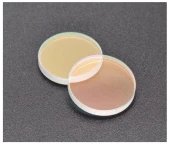
Customizable Spherical Lenses
CRYSTECH Inc.
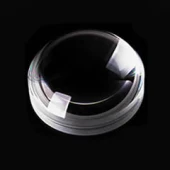
10mm Sapphire Convex Lens with Anti-Reflection (AR) Coating – 3mm Thickness
Henyuan Sapphire Optics Co., Ltd.
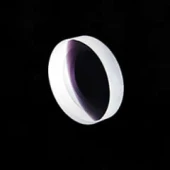
40mm Sapphire Concave Lens with Anti-Reflection (AR) Coating – 8mm Thickness
Henyuan Sapphire Optics Co., Ltd.
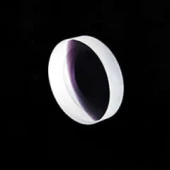
15mm Sapphire Lens with Anti-Reflection (AR) Coating – 3mm Thickness
Henyuan Sapphire Optics Co., Ltd.
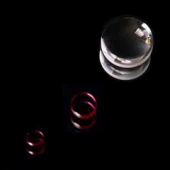
Sapphire Ball Lens 8.6mm Ø
Henyuan Sapphire Optics Co., Ltd.
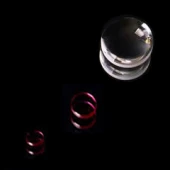
AR-Coating Sapphire Ball Lens 48mm Diameter
Henyuan Sapphire Optics Co., Ltd.
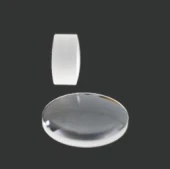
Precision Spherical Lenses | Convex, Concave & Meniscus Optics
Minyi Technology
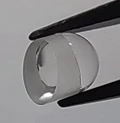
High-Precision Micro Lens for Advanced Optical Applications
Sinoptix
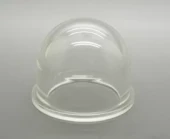
Custom Glass Domes for Advanced Optical Applications
Sinoptix
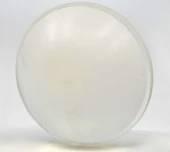
Customizable TPX Lens for Terahertz and Cryogenic Devices
Sinoptix
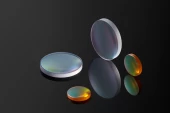
UM Optics Custom Optical ZnSe Zinc Selenide Plano Convex Focusing Lens
Henan UM Optics Ltd
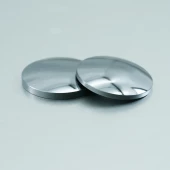
Custom Germanium (Ge) Plano Convex Lens with AR coating for Thermal Camera Sensor
Henan UM Optics Ltd
Thank You!
Your inquiry has been received.
Create an account by adding a password
Why create an account?
- Auto-complete inquiry forms
- View and manage all your past messages
- Save products to your favorites
- Close your account anytime — no hassle
